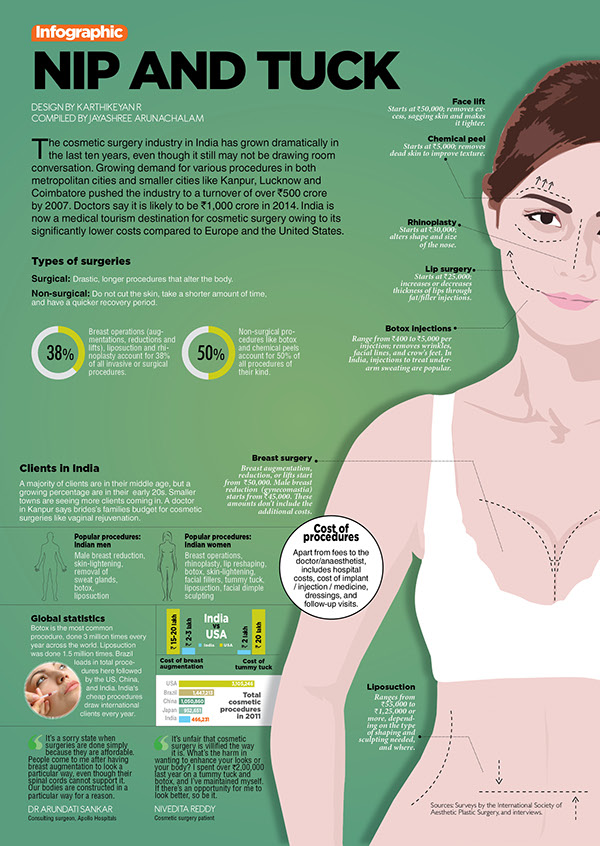AHAs are an essential active ingredient for unclogging pore obstructions and brightening acne-prone skin. They work by breaking down dead skin cell build-up to advertise more recent, fresher cells, and preventing future clogs.
Creating topical AHAs necessitates thorough attention to numerous essential variables that substantially impact their effectiveness and tolerability. Maintaining the ideal pH range, together with vehicle choice and concentration, magnifies their exfoliative attributes while alleviating potential negative responses.
Glycolic acid
Glycolic acid is understood for its light yet effective scrubing residential or commercial properties, which advertise skin's natural dropping and loosen up the "glue" that holds dead cells externally of the skin. This aids unclog pores and lessen the appearance of fine lines and creases, as well as enhance total skin texture and tone.
Remarkably, topical glycolic acid has actually likewise been revealed to stimulate the production of collagen, which is important in maintaining skin's firmness and flexibility. It is important to keep in mind, nonetheless, that because glycolic acid can promote the skin's level of sensitivity to sunlight, it is important to put on sunscreen when utilizing any kind of items containing this component.
Skin doctors pay cautious interest to the solution of products including AHAs in order to maximize their efficiency and tolerability. Formulating AHAs with the suitable automobile, in addition to pH and concentration considerations, permits optimum skin penetration while reducing prospective damaging reactions. This is especially vital for people with delicate skin, since AHAs are understood to be slightly bothersome.
Lactic acid
Lactic acid is located in many over the counter skin treatment items and some more powerful specialist peels and treatments. It has the lowest molecular weight of all the AHAs and is able to permeate much deeper right into the skin, where it is extra effective at unclogging pores and exfoliating.
Like glycolic acid, it likewise promotes collagen synthesis, which assists lessen great lines and creases and boost skin texture. Additionally, it has moisture-retention homes, that makes it preferable for drier skin kinds than various other AHAs.
The considerable body of professional data corroborating the effectiveness of topical AHAs sustains their energy in a variety of dermatological afflictions and aesthetic concerns. These include elaborate skin rejuvenation procedures, attenuation of fine lines and wrinkles, lightening of hyperpigmentation, therapeutic intervention for actinic keratosis, and acne management [2] Optimizing the formulation of AHAs by balancing pH, concentration, and car selection further enhances their therapeutic potential. These careful considerations enable skin doctors to supply secure and reliable therapies that give remarkable scientific outcomes.
Mandelic acid
Mandelic acid, originated from almonds, is one more member of the AHA family and is a popular ingredient in products that aid deal with acne. Its bigger molecular dimension indicates it permeates the skin much more slowly and gently, which can lower the possibility for irritability. It's likewise less likely to trigger soreness and various other skin level of sensitivity problems, making it appropriate for sensitive skin kinds.
Mandelic Acid is believed to help in reducing inflammation and boost hydration. It works by loosening the bonds in between dead skin cells, enabling them to shed and disclose fresher-looking skin. It likewise helps reduce the look of bigger pores.
Developing topical products with AHAs calls for an exact balance of vital aspects that considerably impact their efficiency and tolerability. Particularly, the pH of an AHA formulation has actually been shown to play a critical duty in its capability to promote peeling and improve skin tone and appearance. Achieving this optimum concentration is a challenging objective and requires thorough interest to the various aspects that impact the solution process.
Citric acid
Citric acid, found in citrus fruits such danaige lazer as oranges and lemons, is a moderate AHA. It's less bothersome than glycolic or lactic acid, making it better for delicate skin. It likewise has astringent properties, aiding to dry out excess oil.
Like various other AHAs, citric acid can be utilized in chemical peels and daily active/maintenance therapies to exfoliate the skin and advertise cell turnover. It can help in reducing the appearance of dark places and hyperpigmentation, as well as great facial lines.
It can additionally enhance the synthesis of glycosaminoglycans, which play a vital function in reinforcing the skin barrier feature. This assists to avoid trans-epidermal water loss, and preserve optimum hydration levels in the skin [35]
AHAs can be incorporated with relaxing active ingredients such as ceramides or hyaluronic acid to enhance their tolerability. They can be included into day-to-day active/maintenance skincare via cream or lotion formulations. This enables practitioners to tailor their AHA therapies based on individual needs and preferences, with the adaptability of selecting from various treatment strengths or focus.
